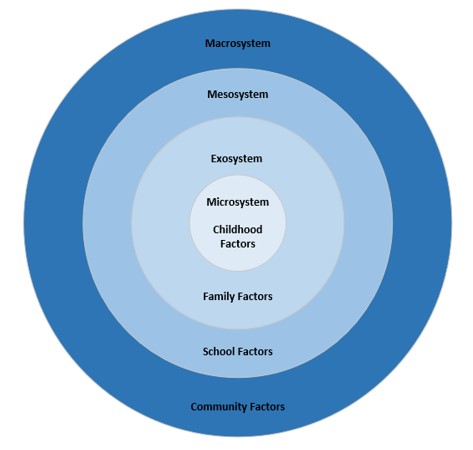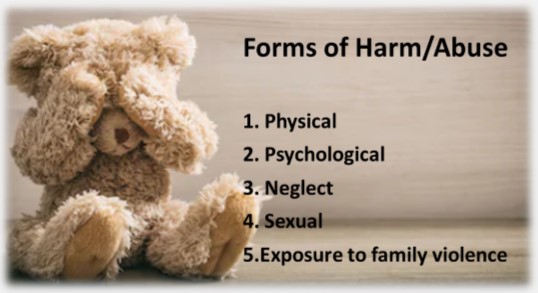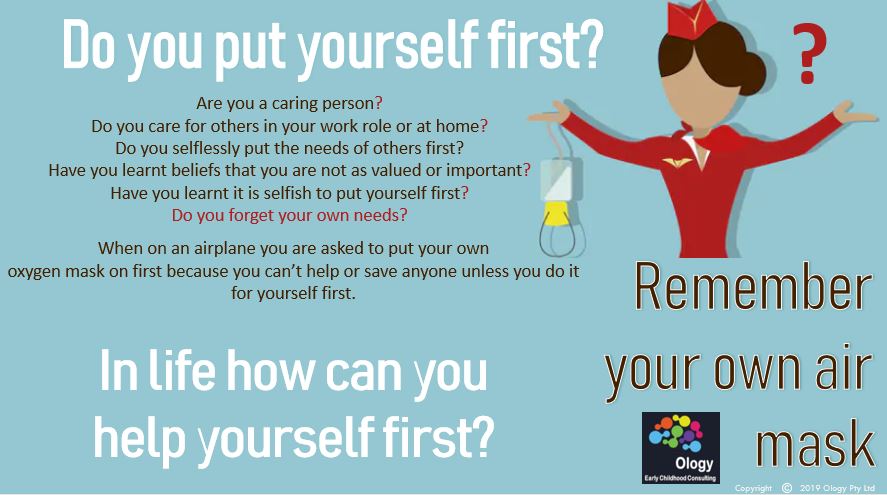4. Significant Risk of Harm
Risk and Protective Factors
Risk Factors are circumstances or conditions that increase a negative or poor outcome for the child
Protective Factors are attributes or conditions that decrease the likelihood of negative or poor outcomes for the child by acting as a support or safeguard.

What risk and protective factors can you see in the different systems? Look at the next handout to revise risk and protective factors.
Definitions
Not all states, countries and definitions have the same definitions in relation to risk of harm. To see the legislative definitions for your state and others click on the link below.
 Discover and Explore: https://aifs.gov.au/cfca/publications/australian-legal-definitions-when-child-need-protection
Discover and Explore: https://aifs.gov.au/cfca/publications/australian-legal-definitions-when-child-need-protection
Cumulative Harm
Refers to a series of acts or omissions when viewed separately may not indicate significant risk but when viewed together suggest a pattern of significant harm.
It is important to keep records of concerns as this may constitute a pattern.
Forms of Harm

Look at the following links and handouts for further information to refresh your knowledge on the types of abuse and their indicators.
For further information watch the videos on the different type of abuse and their indicators at the link below to White Ribbon Australia.
 Watch -White Ribbon Australia – Types of harm/abuse?
Watch -White Ribbon Australia – Types of harm/abuse?
Cycle of Violence
Family violence, in general, is considered to be a form of psychological abuse if children are witnessing family violence and they may also be subject to other types of abuse in this situation. Lenore Walker in 1979 designed the cycle of violence. Below is a version of this.
 Watch – Cycle of Violence
Watch – Cycle of Violence
Watch the following video to understand the cycle of violence and its phases.
Trauma
- Trauma occurs from the result of violence, abuse, neglect, loss, disaster and other emotionally harmful experiences. It can be physically or emotionally harmful or life-threatening. For some, the effects can last a lifetime, with early intervention people are able to overcome the effects of trauma.
- Trauma can affect everyone very differently.
- Children can be affected by trauma through transgenerational effects.
Trauma can have lasting effects as outlined in the Ted Talk by Pediatrician Dr Nadine Burke Harris.
Trauma-informed Care
Children affected by abuse and suffering from trauma need to have their needs met appropriately to have their needs met in a sensitive manner. Trauma-informed care is having an understanding of the effects of trauma on children’s lives and their behaviour and how they adapt their behaviour to situations.
Trauma-informed principles that guide practice include;
- Safety: stakeholders feel physically and psychologically safe
- Trustworthiness and transparency: service practices and processes are transparent and trusting
- Collaboration: levelling power differentials between staff and clients to ensure a collaborative approach to healing
- Empowerment: for recovery and support
- Cultural, historical and gender issues: processes responsive to the needs of clients.
There are different theories and strategies to the trauma-informed care approach outlined in the following article. It is important to always respond with kindness and build relationships. Please find the following further information as attachments to support your practices in relation to trauma-informed care approaches.
The audit above could support you in identifying strengths and areas of improvement. There is a sample policy below you can adapt to suit your service context.
Self Care
Self Care considers care for our mind, body, soul and senses. It is important for educators to think about their self-care as a regular part of their daily lives, but sometimes when we are busy caring for others we forget. How can you and your colleagues support one another to be involved in self-care? How can you be more conscious to remember to care for yourself? Look at the following activity and fill out some ways you can provide more self-care opportunities for yourself.

 Handout: Risk and Protective Factors
Handout: Risk and Protective Factors Activity: Trauma-Informed Care
Activity: Trauma-Informed Care Audit: Trauma-Informed Care Audit
Audit: Trauma-Informed Care Audit